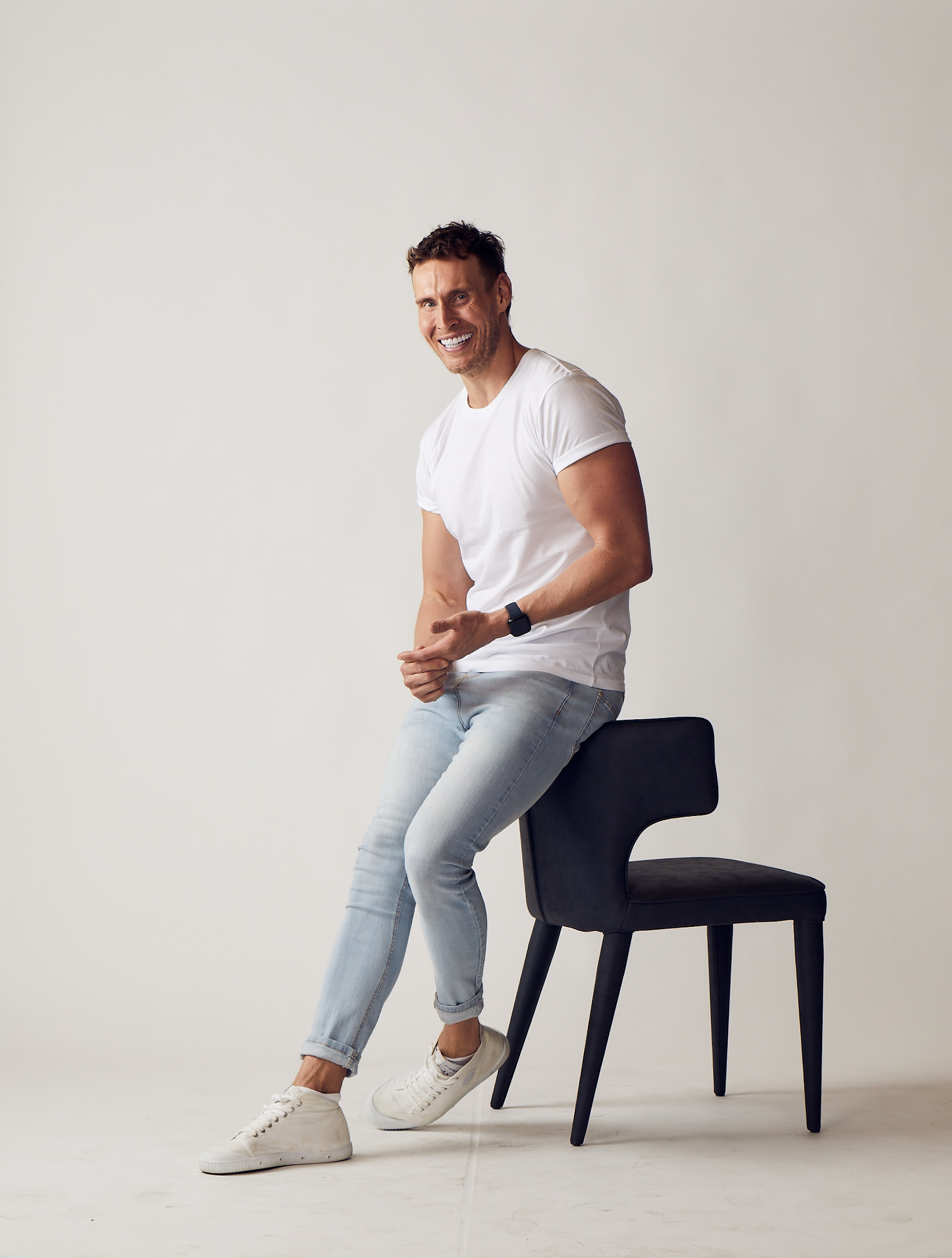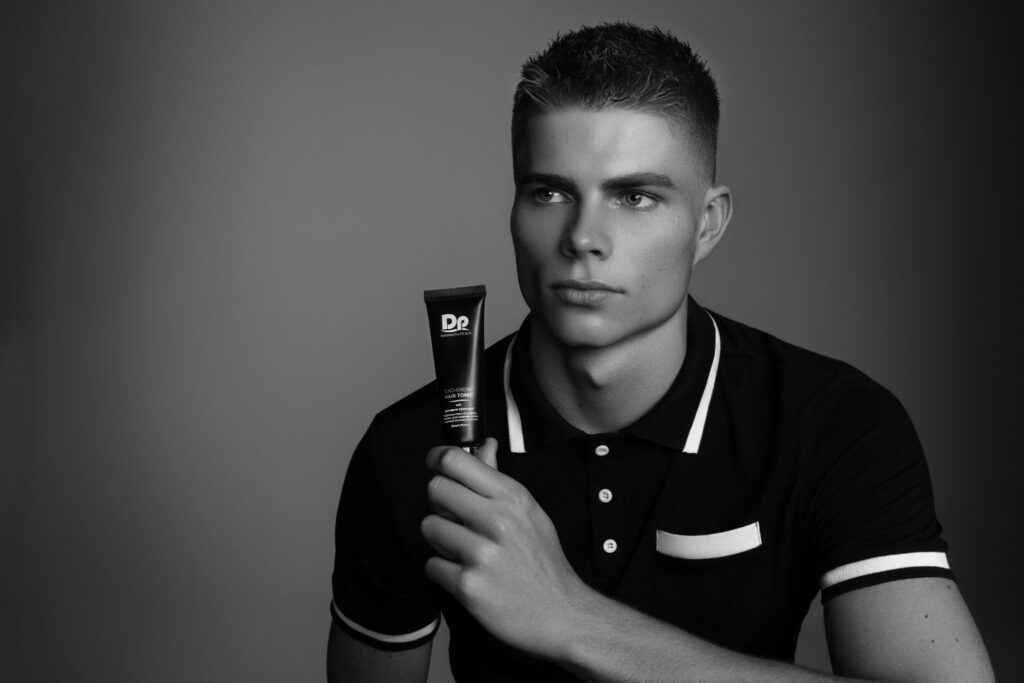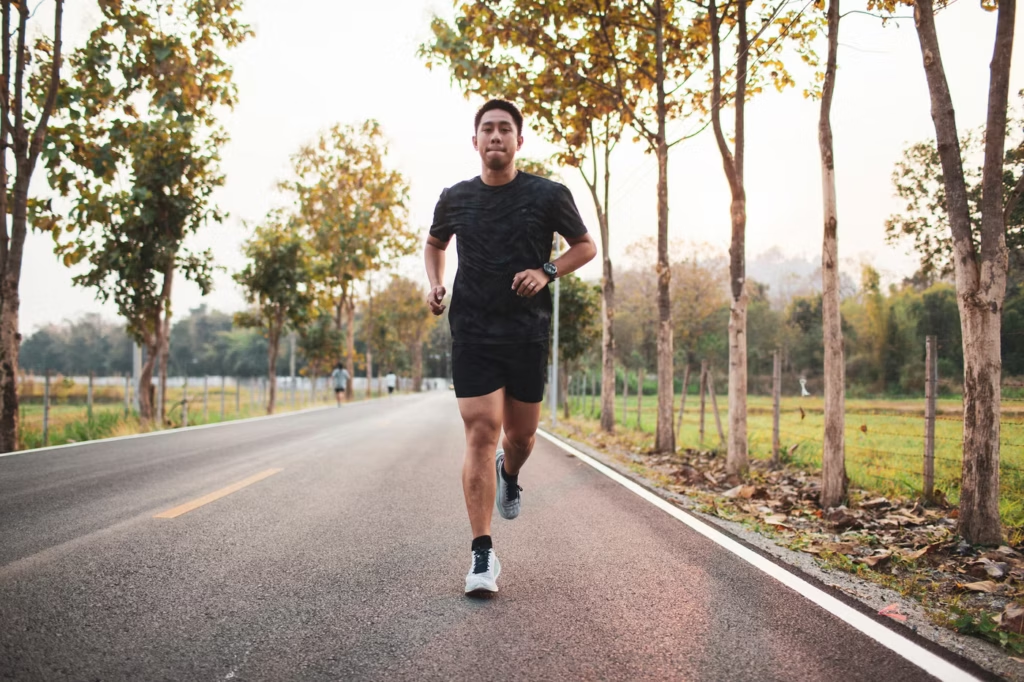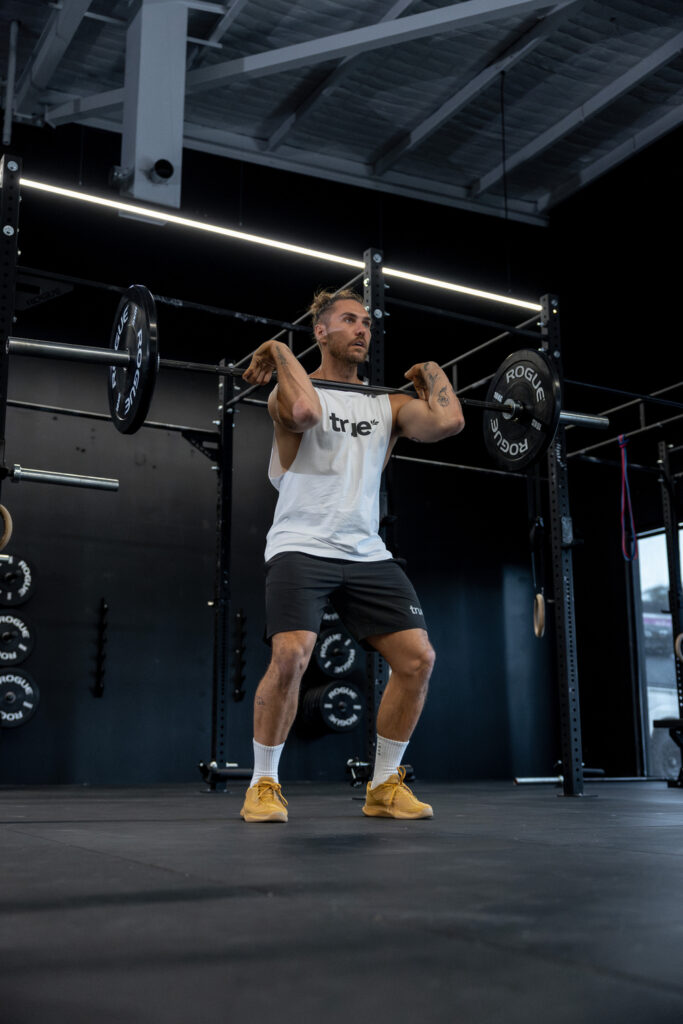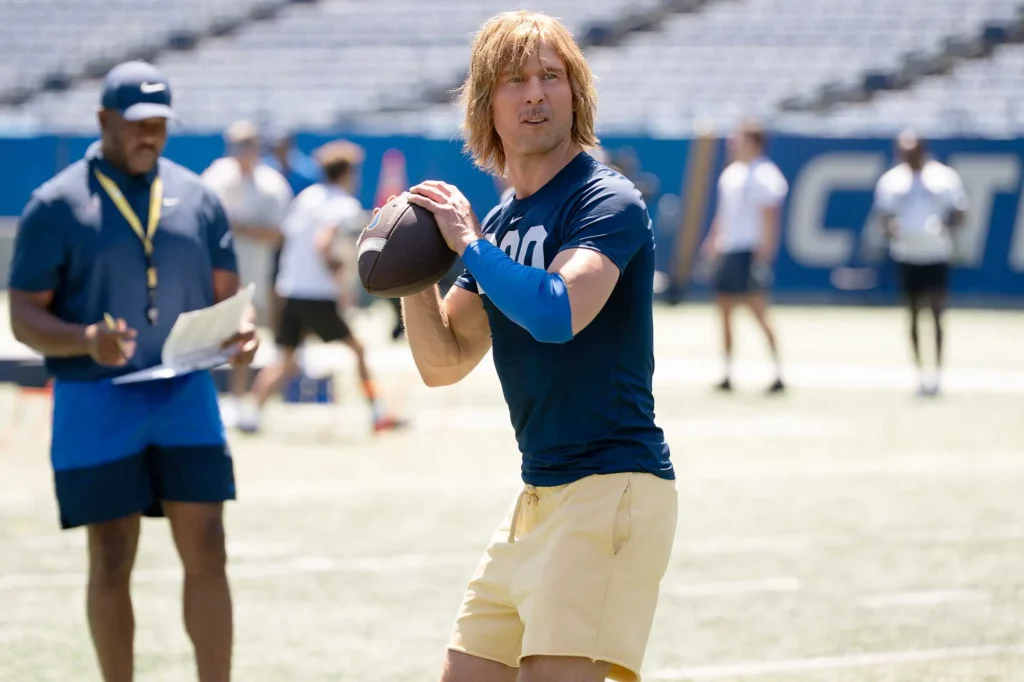FOR GENERATIONS, MEN have been praised for their ability to “tough it out.” Whether it’s powering through a backache, brushing off sore knees, or ignoring that persistent shoulder twinge from weekend sport, pain has too often been seen as a test of strength rather than a signal for change. But the truth is, what many men consider normal, those daily aches and stiffness, are often early warning signs that the body is calling for attention, not endurance.
The cost of ignoring pain
It starts subtly. A tight lower back after long hours at the desk. A shoulder that grumbles during training. Knees that take longer to warm up before a run. Over time, these small signals become chronic issues that quietly chip away at mobility, performance, and even confidence.
Research shows that men are far more likely than women to delay seeking medical advice or support for musculoskeletal pain, often waiting until discomfort becomes debilitating. The result is lost workdays, preventable injuries, and a reduced capacity to stay active and engaged in everyday life.
The fact is, ignoring pain doesn’t make you stronger, it makes recovery harder, and more drawn out. The “push through” mentality can lead to long-term damage that no amount of rest days can fix. When pain is left unchecked, it can cause compensatory movement patterns, muscle imbalances, and an increased risk of workplace injury or falls as we age.
From reaction to prevention
The real shift we need is from reaction to prevention, from waiting for pain to strike to actively building resilience before it does. Preventative care is about moving smarter, recovering better, and listening sooner.
Think of it like maintenance on a high-performance engine. You wouldn’t drive a car 100,000 kilometres without servicing it. The same logic applies to the human body. Small, consistent actions such as stretching, mobility drills, and strength maintenance keep the system running smoothly and prevent the breakdowns that sideline so many men in their 40s, 50s, and beyond.
Movement that meets you where you are
For many, the idea of movement brings to mind heavy gym sessions or long runs. But the future of men’s health is about accessibility, making daily movement achievable even in an office chair or at the worksite.
Chair-based mobility and strength exercises are one of the simplest, most effective ways to break the cycle of stiffness and pain. Just five to ten minutes a day can release tension in the spine, improve posture, and boost circulation, all without needing to change clothes or carve out gym time.
Simple examples include seated spinal twists, hamstring stretches, and controlled breathing to reset posture and reduce stress. These movements don’t just improve physical function, they also support mental clarity, helping you feel sharper and more energised throughout the day.
A new definition of strength
Strength isn’t about how much you can lift or how much pain you can endure, it’s about longevity, vitality, and the ability to keep doing what you love year after year. Preventative care is the modern man’s version of toughness, it’s owning your health before it owns you.
If you’ve been pushing through pain or brushing off discomfort as a normal part of aging, now is the time to flip the script. Check in with your body. Move it daily. And remember, small actions done consistently create the biggest change.
Take the first step
Take action, be proactive and don’t dismiss pain. The shift toward preventative care sits at the heart of such organisations as Musculoskeletal Health Australia – helping those with musculoskeletal conditions such as arthritis, osteoporosis, and chronic back pain. As the ambassador for the 2025 World’s Biggest Sit-In, we are encouraging all Australians to explore small, sustainable ways to move every day, including chair-based routines that can be done anywhere. It’s proof that you don’t need to overhaul your lifestyle to start taking better care of your body, you just need to start where you are.
Luke Hines is a health and wellness advocate and the official Ambassador (and lead instructor) for Musculoskeletal Health Australia’s 2025 World’s Biggest Sit In (WBSI). Register now and join thousands of Australians on October 26 choose movement over pain, prevention over reaction, and health over habit.
Related:




